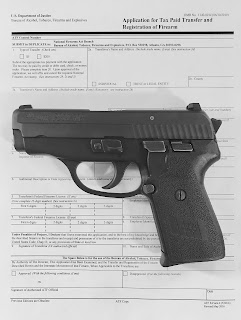Economic Relief for Small Businesses During the 2020 COVID 19 Crisis
By: Zach McCormickDate: April 14, 2020
The federal government has announced two economic relief programs which may be used to assist small businesses during the COVID 19 crisis.
The first is called the "Economic Injury Disaster Loan" (aka the "EIDL") and the second is called the Paycheck Protection Program (aka the "PPP").
This is the summary of these two programs.
The EIDL is for non-payroll expenses caused by the COVID 19 emergency and is capped at $25,000 per applicant. Of this sum, up to $10,000 may be procured as a forgivable "advance" and each disbursement is based upon how many employees (not independent contractors) the business has. Each business applicant is eligible to receive $1,000 per employee and this total sum may then be forgiven (though the mechanism for how forgiveness will occur is as yet unknown). For example, if a small business with 5 employees applies for an EIDL loan of $25,000, it will be eligible to receive a $5,000 "advance" which is eligible for forgiveness provided the funds are used for proscribed purposes (i.e. for non-payroll expenses and not profits or expansion of the business). The remaining $20,000 will be issued from the Small Business Administration (SBA) in the form of a loan to the business directly (no private lender is involved). This money will have to be repaid under comparatively good terms.
The PPP loan is handled through local private lenders (so go to your local bank for information on how to get this type of loan). The PPP is designed to help with payroll costs only. These costs are to be determined (generally) by using the average payroll costs from the preceding year as a guide to how much money to apply for through this program. The cap for these loans is 2.5 times your last year's average payroll costs. This figure is based upon the number of employees who were on the small business's payroll as of February 15, 2020 and while there is a provision for 're-hiring' those who have been laid off due to the COVID 19 outbreak, these funds cannot be used to add employees that were not already on the rolls before this point. NOTE: Although an independent contractor may apply for a PPP loan, Subcontractors cannot be counted as "employees" for purposes of calculating the business's payroll expenses.
It is also important to note that certain prohibitions exist for business that cannot be open (such as those within closed spaces such as shopping malls).
While the general goal of both the EIDL and the PPP are substantially to help small businesses deal with the economic harm that the various government-mandated shutdowns have caused, they also share the common requirement that a borrower prove what the funds were used for in order to enjoy forgiveness for them. For this reason the best practice when seeking to procure this money is to set up separate bank accounts for each loan/grant. I.e. open one account for your EIDL funds and on for your PPP funds. In this manner the monies from each can be accounted for easily without co-mingling them.
On a final note, while there is certainly a good deal of uncertainty surrounding the specific rules related to these two programs, any borrower should assume, as always, that it will be required to account for the use of all of the funds procured. For this reason great care should be taken to ensure that all expenditures of these funds are bona fide and defensible and that all representations on the various applications are truthful and accurate.
As this is an unprecedented time, it is important to note that the rules for these programs is changing day-by-day and it is prudent to check the SBA's website for updates on these issues.
If you have questions about these matters or others, you may contact my office to set up a virtual telephonic (or Zoom) consultation and I will be happy to analyze your business's current situation.





